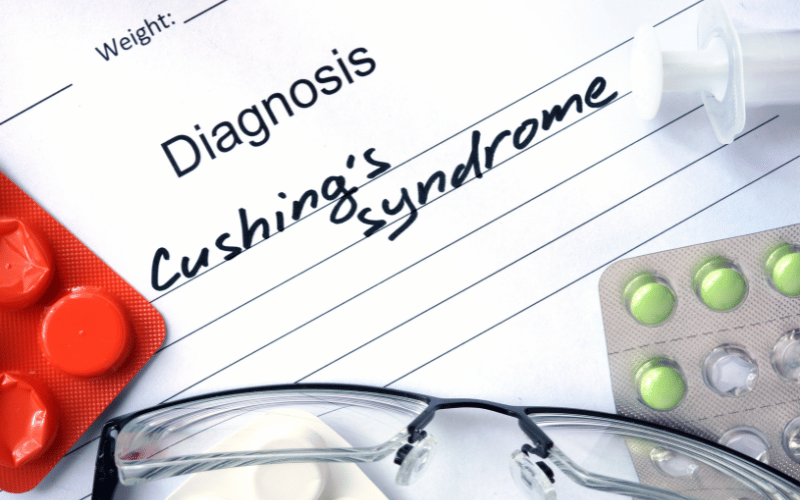Introduction: Why Cushing’s Syndrome Should be on Every Woman’s Radar

Cushing’s syndrome is a disorder that tends to fly under the radar for many women. Yet it’s more prevalent in females, making it an essential topic for understanding our hormonal health. If you’ve heard the term but aren’t sure what it means for you, now’s the time to pay attention. With a wide range of symptoms that can mimic stress or age-related changes, Cushing’s syndrome has the potential to impact your life in multiple ways, both physical and emotional.
Being well-informed about this condition isn’t just for medical practitioners; it’s for every woman who cares about her well-being. This article aims to give you the top 10 facts you must know about Cushing’s syndrome if you’re a woman. These are facts that can arm you with the knowledge you need to identify, understand, and tackle the condition effectively.
Why should you care? Because knowledge is the first step towards action. Misdiagnosis or late diagnosis can have serious consequences, affecting everything from your fertility to your mental health. And when it comes to Cushing’s syndrome, early detection can make all the difference in treatment outcomes.
So buckle up. We’re diving deep into a subject that’s too important to overlook. From what causes Cushing’s syndrome to its unique impact on women, from diagnosis to treatment options, this article has you covered. We’ll go beyond the medical jargon to give you the facts in an easy-to-understand, relatable manner. So let’s get started. Your health deserves your full attention, and this article aims to help you give it just that.
1. Prevalence in Women: Why Cushing’s Syndrome Targets Females More

When we talk about Cushing’s syndrome, it’s worth noting upfront that women are the most affected demographic. Why does this happen? Hormones play a pivotal role here. Cortisol, the hormone in question, is produced in larger amounts by women, especially during specific phases like menstruation, pregnancy, and menopause.
The second layer of intrigue is the age group. Generally, women between 20 to 50 years are more prone to developing this condition. This aligns closely with significant life events such as childbearing and menopause, emphasizing the need to scrutinize these stages for any symptoms of Cushing’s syndrome.
Contrary to popular belief, Cushing’s syndrome isn’t just an “old age” problem. Young women, too, fall prey to it. It’s an issue that doesn’t discriminate, although it clearly has a preference for disrupting the lives of women. The emotional ramifications are also severe. Let’s not forget the vanity aspect; changes in physical appearance can affect a woman’s self-esteem drastically.
Discussing the prevalence in women is not about creating fear but about raising awareness. The key takeaway is the critical nature of understanding how disproportionately it affects women. But it’s not all gloom and doom; with proper diagnosis, the disorder can be managed effectively, providing hope for those grappling with it. (1)